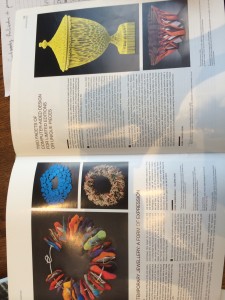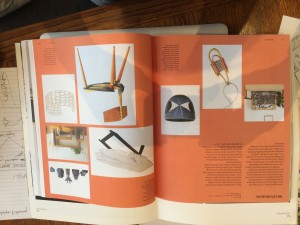This week was particularly enlightening for the APGAR Team. We started the week focusing on arduino-based solutions.
The best part was learning Arduino – it’s such an incredible prototyping technology. Neither my teammates nor I have ever tinkered with electronics. The fact that we could pick up Arduino in less than a week to build a working prototype for a scoring and calculating APGAR machine is an incredible testament to the Arduino interface. Oftentimes , simplicity is just the surface of incredible complexity. Similarly, the people behind Arduino, through their thoughtfulness, have made accessible what I always thought was prohibitively complex.
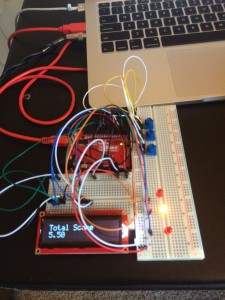
Arduino Calculating Prototype
Next on the list was our meeting with the QECH interns. We talked to Tanya, who answered a large majority of our burning questions: why aren’t midwife technicians scoring correctly? Is there not enough training? Do there need to better posters? Is an APGAR calculator the best solution?
Turns out, the problem was not as we had anticipated. We just weren’t looking in the right direction – we weren’t being empathetic to the midwives’ situation. Put yourself in the boots of a midwife. A baby is born. The child is obviously blue, limp, and struggling to breathe. Your first response is NOT to record the APGAR score, but rather to do anything you can to save the child from asphyxia. APGAR scoring simply isn’t a high priority in these emergency situations. Although APGAR scores are not important to the midwives’ efforts to save the child, they are indeed important to the pediatricians who see the baby later on in the process.
Thus, our problem statement is now this: we need to make it incredibly convenient and easy for midwives to communicate APGAR scores to pediatricians, regardless of the time they record the scores or how they calculate the scores.
We don’t need to make a timer that screams at the midwives to take the scores – they don’t need another alarm in the already-busy ward. We don’t need to make a calculator that help them count to 10 – the process is simple and incredibly easy for anyone with training. We need to make the information of the baby’s history 1. Very easy for the midwives to record, and 2. very accessible and clear to the pediatricians who later see the baby.
We hit the library to do some creative brainstorming. We went to the Alice Brown section of the library and were encouraged to draw ideas from art, architecture, design, photography, and other lines of abstract thought. This was the first time I had done anything like it, and it was truly inspiring to experiment with this kind of thinking. Sifting through pictures and looking at patterns between ideas while making abstract connections really produced some unique ideas.
Brainstorming inspiration examples
We’ve started prototyping and brainstorming, and so far, our leading solution has been the following: a clip that is used to secure the chetenga cloth (cloth used to wrap baby) that nurses can mark APGAR scores on quickly and conveniently, with one hand and without a writing utensil.
I personally am very excited to explore this solution to the APGAR scoring problem – it’s simple, elegant, streamlined with the baby care procedure, does not add significant burden to hospital labor resources, and incredibly cheap.
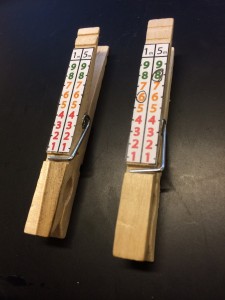
Clip Solution
Later on in the week, I also worked on finishing the intubation box with Mikaela. We are DONE making a beautiful, elegant box that is much sturdier than the previous one, with many improved features. Oh yeah, the goofball also superglued a hammer to her finger. Classic Mikaela.
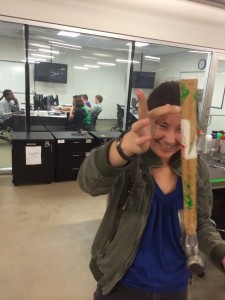
Exhibit A: “pulling a Mikaela”
I’m excited for the next four weeks – this program is flying by already, and I hope to make as big of a (positive) splash in the lives of those in Queen Elizabeth’s Hospital in Malawi before I move on.
